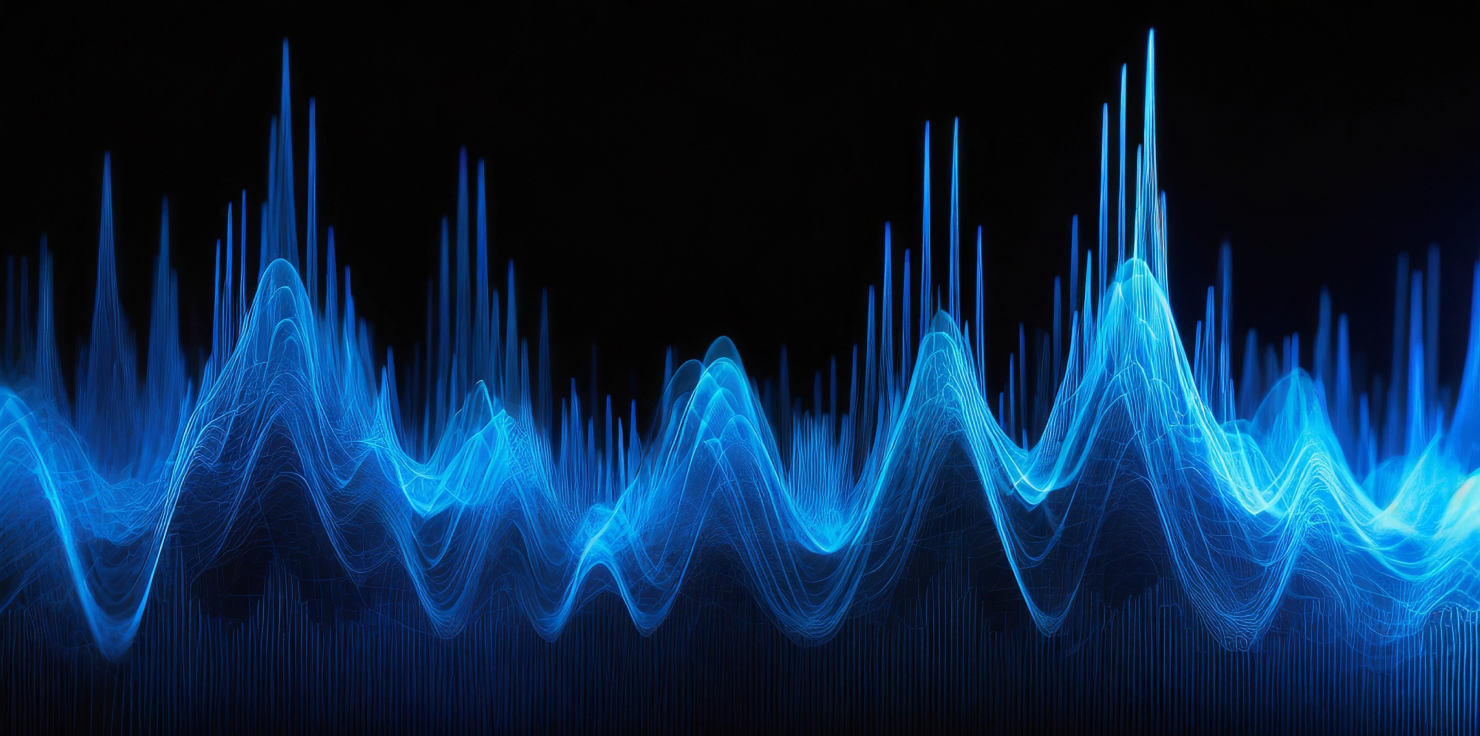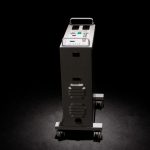PEMF, or Pulsed Electromagnetic Field therapy, uses electromagnetic fields to promote self-healing at the cellular level. Understanding how PEMF therapy works and its key terms is essential for both new and experienced users.
This glossary aims to demystify the science behind PEMF and provide clear explanations of important concepts. Let’s dive right in!
Basic Terms
PEMF Therapy (Pulsed Electromagnetic Field Therapy)
The earth emits a pulsing electromagnetic field at 7.8 hertz. This natural energy field, combined with around 8 million global lightning strikes per day, allows our planet to sustain life. Much like the Earth, our bodies are electromagnetic; our brains use electromagnetic signals to communicate with every bodily system. Science has proven that if our cells have enough electrical charge, the body can heal itself!
PEMF is a holistic supplement that infuses the body with natural electromagnetic energy at the cellular level. The body may use that energy to:
- Heal and regenerate itself
- Enhance its natural recovery process
- Assist with muscle fatigue and discomfort after exercise
- Increase energy or support relaxation
- Balance the body’s interconnected systems
Frequency

Frequency is the number of cycles per second of the electromagnetic waves used in PEMF therapy, measured in Hertz (Hz). Different frequencies may be used to target various health issues.
Amplitude
Amplitude refers to the strength or intensity of the electromagnetic field, measured in Gauss (G) or Tesla (T). Higher amplitudes can penetrate deeper into the tissues, which may be necessary for supporting certain issues.
Advanced Terms
Resonance
Resonance is a phenomenon that occurs when an object or system vibrates at a particular frequency in response to an external stimulus. In PEMF therapy, resonance frequencies can be used to enhance the cellular response to electromagnetic fields, achieving a more powerful therapeutic effect.
Cellular Regeneration

Cellular regeneration is the process by which cells repair and reproduce to maintain tissue health. PEMF therapy can aid in cellular regeneration by stimulating cell activity and enhancing repair mechanisms. When exposed to PEMF, cells are encouraged to produce more energy, which is essential for optimal healing.
Electromagnetic Spectrum
The electromagnetic spectrum is the range of all types of electromagnetic radiation, from radio waves to gamma rays. PEMF devices operate within a specific range of this spectrum, typically between 1 and 100 Hz. This range is chosen because it is believed to be most effective for stimulating cellular activity and promoting healing.
Pulse Duration
Pulse duration refers to the length of time each electromagnetic pulse lasts. Different pulse durations can affect the outcomes of the PEMF sessions.
Mechanisms of Action
Ion Exchange
Ion exchange is a process that involves the exchange of ions between a solution and a complex. In the context of PEMF therapy, ion exchange plays a crucial role in influencing cellular metabolism and function. The electromagnetic fields generated by PEMF devices can interact with the ions within cells, potentially affecting their movement and distribution. This can have a positive impact on cellular processes, including energy production, waste removal, and communication.
Pain Reduction
Pain reduction is a common benefit associated with PEMF therapy. The mechanisms by which PEMF therapy reduces pain are complex but may involve altering pain signals. PEMF could interfere with the transmission of pain signals to the brain, reducing the perception of pain.
Types of PEMF Devices

Low-Frequency
Low-frequency PEMF devices operate at lower Hertz (Hz), typically between [number] Hz. These devices are often used to reduce discomfort and promote relaxation.
High-Frequency
High-frequency PEMF devices operate at higher Hertz, often above [number] Hz. These devices are typically used for pain, recovery, and cellular regeneration. Due to their higher frequency, they can have more powerful, long-term effects.
Portable PEMF Devices
Portable PEMF devices are compact, battery-operated units that are designed for easy use at home. These devices offer the convenience of being able to use PEMF therapy whenever and wherever you need it.
At Pulse, we offer a variety of PEMF devices to suit your individual needs. Some of our devices are portable and offer customizable frequencies for optimal results. To learn more about our PEMF devices and find the right one for you, visit www.pulsepemf.com.
Common Terminologies in PEMF Studies
Double-Blind Study
A double-blind study is a type of research where neither the participants nor the researchers know who is receiving the treatment and who is receiving a placebo. This design helps to minimize bias and ensure that the results of the study are truly representative of the effects of the treatment.
Placebo Effect
The placebo effect is a phenomenon where a person experiences improvement in their condition simply because they believe they are receiving a treatment, even if the treatment is ineffective. This effect can be a confounding factor in medical research, including studies on PEMF therapy.
To validate the true efficacy of PEMF therapy, researchers often use double-blind studies with a placebo control group. By comparing the results of the treatment group to the placebo group, researchers can determine if the improvements observed are due to the PEMF therapy itself or the placebo effect.
Conclusion
Understanding the terms and mechanisms involved in PEMF therapy is crucial for both new and experienced users. This knowledge will help you make informed decisions about your therapy, use your PEMF device correctly, and communicate effectively with your healthcare provider.
We encourage you to use this glossary as a reference whenever you need clarification on PEMF-related terms. By familiarizing yourself with these concepts, you can better understand how PEMF therapy works and maximize its benefits.
To deepen your understanding of PEMF therapy and explore further resources, visit our website at www.pulsepemf.com. You’ll find a wealth of information, including research studies, testimonials, and product guides.
We hope this glossary has been helpful. If you have any questions or require further assistance, please don’t hesitate to contact us!












